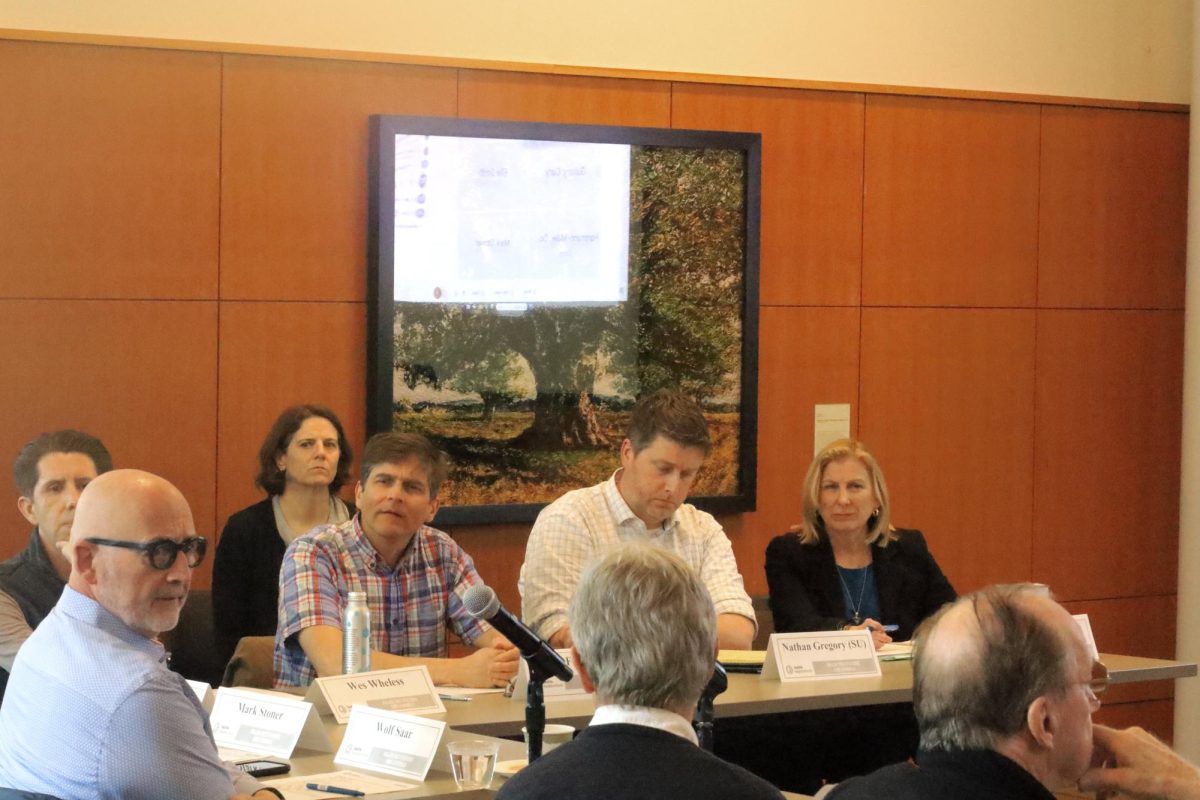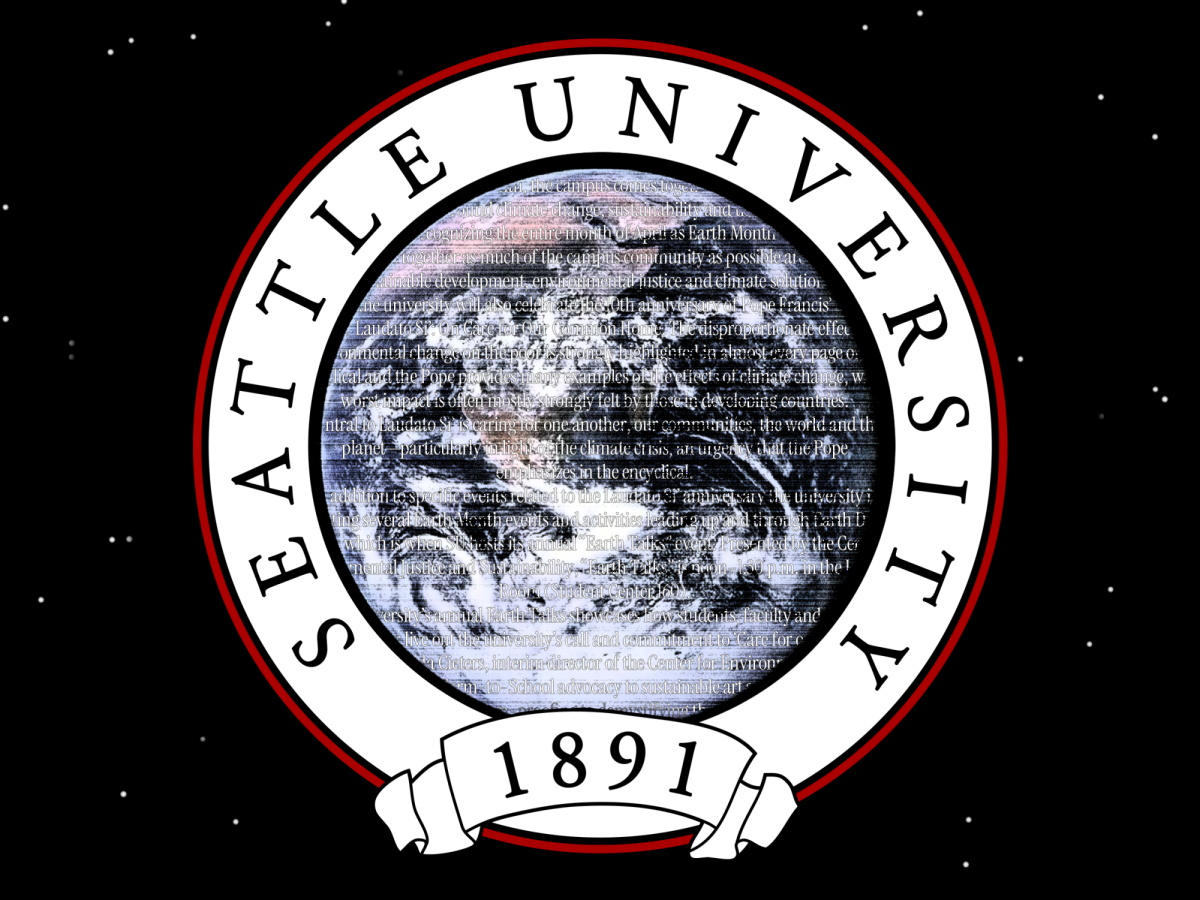Since the Trump administration returned to office in early January, the administration has introduced 124 executive orders. Recently, President Trump signed an executive order, “Restoring Truth and Sanity to American History” that seeks to eliminate “divisive, race-centered ideology” of all Smithsonian institutions. The Smithsonian Institution is the world’s largest museum, education and research complex with 21 museums existing between New York City and the District of Columbia.
The administration justified this presidential action in response to what they described as a movement introduced in the past to distort historical milestones, by replacing “objective facts with a distortive narrative.” Specifically drawing attention to the National Museum of African American History and Culture and the Smithsonian American Women’s History Museum, the executive order states that the exhibits contain “ideological indoctrination.” Vice President JD. Vance, along with a team of others, has been tasked to oversee and regulate the institution’s content, prohibiting programs and exhibits that “degrade American culture or promote division based on race or improper ideology.”
Since the announcement in late March, members across the history community have responded with their thoughts and concerns about how the major restructuring of an institution as massive as the Smithsonian could affect its national audience.
Nova Robinson, an associate professor of history and international studies at Seattle University, expressed strong displeasure about the executive order and explained the impact the order has on educational resources for the public.
“My initial response was that I was heartbroken to hear that some of our institutions that were freely available to the public were censored by the government. To change the curriculum to align with the ideology of the president goes against our free speech principles and goes against the values we hold near and dear as a nation,” Robinson said.
There are also concerns about how a shift in the nation’s historical narrative can deter the efforts made in the past administrations to promote diversity within its storytelling of history.
“There has been a narrative that presents us as a nation of immigrants that has had a trajectory of increasing welcoming of diversity over time. Then there is another narrative that is in contrast to that, one that falls back on historical narratives of our country, that wants to restore a past that never existed,” Robinson said.
Robinson discussed how the presence of bureaucrats within the Smithsonian institution can negate progress and intellectual learning. Robinson is not alone, there are students across higher education who are frustrated by the news of the executive order.
Zooey Redmond, a third-year history major at Seattle U, expressed frustration, noting that she does not believe that the government should have input on what museums display. Redmond, who has aspirations to pursue a career in historical preservation, discussed how the curation of history over time is already flawed and that the regulations of the nature that the Trump administration has proposed further entrench problematic attitudes.
“I want to go into archives, and I am very familiar with the bias that often comes with archives. Many of the written sources that would be preserved in archives or museums were written by the people in power because they were literate or given opportunities in history. So it’s not like the museums are perfect anyway,” Redmond explained.
Keeping in mind the discrepancies in the current state of history, Remond believes a restructuring introduced by the executive branch is the last thing needed.
“A restructure is for sure not appropriate, I think Trump is straight up wrong about the [mindset] that museums are this progressive thing that only includes the history of minority history,” Redmond said.
Outside of the history community, there are numerous Americans who visit the museums and enjoy the content and exhibits across the many locations. The Smithsonians are regarded as national treasures to the American public as an creative outlet for conservation of history as well as the arts.
Jack Lessard, a third-year economics major who has visited some of the Smithsonian museums in D.C., shared his sentiments on the news.
“All of the stuff that they have in their storage or archives is so huge that removing anything from that seems destructive to say the least,” Lessard said.
Lessard responded to specific allegations from the Trump administration that the museums have distorted and hyper-fixated on certain aspects of American history.
“Having been to a Smithsonian museum, I cannot honestly say that there was not an over-focus on any specific culture, region or time in history,” Lessard said.
As the news continues to reach communities across the country, historians and students wait to see the heavily anticipated restructure go into full effect.









Mark Flett
Apr 19, 2025 at 5:05 am
This will be remembered as a disgusting period of American History. Books will be burned and ‘undesirables’ will be killed if not already. Rise up America, rise up and defeat this tyrant.